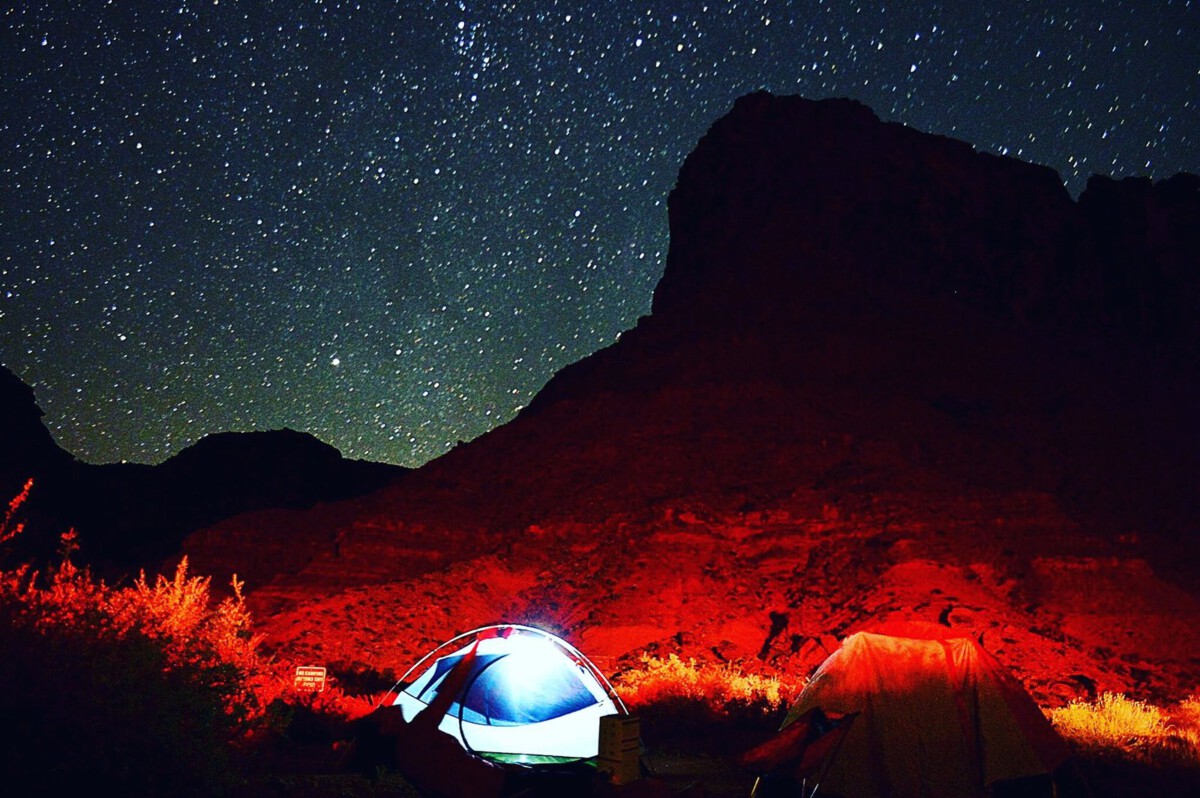Mauna Kea, Hawaii

Perched high above the clouds on the Big Island, Mauna Kea is a legendary place for those who crave a brush with the universe. Towering at nearly 14,000 feet, this dormant volcano is far removed from city lights, making its skies among the clearest and darkest on Earth. The presence of world-class observatories, some of which are not open to the public, adds to the sense of wonder and scientific significance. Visitors regularly join night tours that provide telescopes and expert guidance, allowing them to catch glimpses of distant galaxies and planets. In 2025, Mauna Kea continues to glow as a beacon for stargazers, celebrated by the International Dark-Sky Association as one of the planet’s best celestial vantage points. The thin, dry air and unobstructed horizons mean that both amateur and professional astronomers can marvel at meteor showers and cosmic phenomena. Standing atop Mauna Kea at night, the stars seem so close it feels like you could pluck them from the sky.
Atacama Desert, Chile

The Atacama Desert has earned its reputation as the driest spot on Earth, but its true magic is revealed after sunset. With only about 5 millimeters of rain per year, the skies above are pristine, free from clouds and humidity. This region is home to the phenomenal ALMA Observatory, where the world’s leading astronomers conduct groundbreaking research. For travelers in 2025, the Atacama is a pilgrimage site to witness the Milky Way stretching across the heavens in extraordinary detail. The desert’s altitude, extreme dryness, and isolation produce nights so clear that even the unaided eye can spot nebulae and distant star clusters. Guided tours with powerful telescopes are widely available, and local guides often share stories about ancient Andean stargazers. The Atacama’s silence and vastness make it a dreamscape for anyone seeking awe under the stars.
Jasper National Park, Canada

Deep in Alberta’s wild heart lies Jasper National Park, a sanctuary for star lovers and nature enthusiasts alike. This treasured Dark Sky Preserve covers more than 1,000 square miles, ensuring minimal light pollution and maximum celestial splendor. Every October, the Jasper Dark Sky Festival draws crowds from all over the world, offering telescope viewings, workshops, and even symphony performances under the stars. In 2025, Jasper’s unspoiled skies make it possible to see the northern lights, meteor showers, and the Milky Way in dazzling clarity. The cool, dry air and high elevation mean stars twinkle brighter and constellations stand out against the inky darkness. Families and solo travelers alike are captivated by the sense of wonder and connection to the universe. For many, a night in Jasper is a reminder that the best views on Earth can be found by simply looking up.
Big Bend National Park, Texas

Big Bend National Park is the hidden gem of American stargazing, with vast, rugged landscapes and a sky so dark it seems infinite. Located in remote southwestern Texas, Big Bend is officially recognized as one of the least light-polluted national parks in the United States. In 2025, visitors can expect a celestial show—planets, constellations, and the Milky Way arching overhead like a cosmic river. The park offers regular stargazing programs, including guided night hikes and telescope sessions that cater to all ages. Rangers share fascinating facts about the night sky, helping newcomers spot shooting stars and distant planets. The dry desert air and open spaces make every stargazing night unforgettable. Big Bend is a place where silence reigns and the universe feels close enough to touch.
Aoraki Mackenzie International Dark Sky Reserve, New Zealand

The Aoraki Mackenzie region on New Zealand’s South Island is a stargazer’s paradise, boasting one of the world’s largest Dark Sky Reserves. Here, towering mountains and turquoise lakes set the stage for some of the darkest, clearest skies in the Southern Hemisphere. In 2025, visitors flock to Lake Tekapo or the shadow of Mount Cook to see the Southern Cross and Magellanic Clouds, celestial sights unique to this part of the world. Guided tours introduce travelers to Maori legends of the stars and provide high-powered telescopes for deep-sky viewing. The reserve’s strict lighting regulations ensure that the stars remain brilliantly visible. For many, the beauty and tranquility of Aoraki Mackenzie create memories that outshine even the brightest shooting star.
Death Valley National Park, California

Death Valley is famed for its extreme heat, but its nights are where true magic happens. Designated as a Gold Tier International Dark Sky Park, Death Valley’s remote desert landscape eliminates almost all light pollution. In 2025, the park’s annual Dark Sky Festival draws both experts and curious visitors for a weekend of cosmic exploration. The arid climate and low humidity mean stars sparkle intensely, and the Milky Way appears as a bright band across the sky. Rangers and astronomers set up telescopes and share stories about planets, nebulae, and the myths that connect humanity to the heavens. Even on ordinary nights, Death Valley offers breathtaking stargazing, with horizons so wide and clear you can see satellites drift lazily across the sky.
Torres del Paine National Park, Chile

Torres del Paine stands as a monument to both natural beauty and astronomical wonder. Located deep in Patagonia, the park’s rugged peaks and pristine lakes are matched only by its astonishingly dark skies. In 2025, the remote location ensures that light pollution is nearly nonexistent, making the stars pop with an intensity that’s hard to believe. Travelers often split their time between exploring the park’s glaciers and wildlife by day and stargazing by night. Local guides offer night walks and telescope sessions, where visitors can spot the Southern Cross and even the faint glow of the Magellanic Clouds. The combination of dramatic scenery and cosmic brilliance makes Torres del Paine a must-see for every sky-watcher.
Grand Canyon National Park, Arizona

Known for its breathtaking vistas by day, the Grand Canyon transforms into a stargazer’s dream after sunset. As an official Dark Sky Park, the canyon’s high elevation and remote setting provide optimal conditions for viewing the cosmos. In 2025, the park’s popular stargazing events include ranger-led talks, telescope viewings, and even night photography workshops for capturing the Milky Way. The canyon’s layered rocks serve as a striking foreground to the endless night sky, adding a sense of grandeur to every stargazing moment. With minimal humidity and clear air, stars shine brilliantly, and the silence amplifies the sense of wonder. The Grand Canyon is proof that sometimes the best adventures happen after dark.
Uluru-Kata Tjuta National Park, Australia

Uluru-Kata Tjuta National Park is a sacred place, both for its Aboriginal heritage and its astonishing night skies. Deep in the Australian Outback, this UNESCO World Heritage site offers some of the world’s darkest and most spectacular stargazing. In 2025, visitors can join guided tours that not only point out Southern Hemisphere constellations but also share the Dreamtime stories woven into the stars. With virtually no light pollution, the sky feels endless, and every star appears sharp and bright. The dramatic silhouettes of Uluru and Kata Tjuta add a powerful presence to the night, making every stargazing session an unforgettable experience. The commitment to preserving the park’s natural darkness ensures these celestial views remain for generations to come.
Kielder Water & Forest Park, England

Nestled in Northumberland, Kielder Water & Forest Park is the largest Dark Sky Park in England and a shining example of conservation meeting curiosity. Its remote location, far from city lights, provides incredibly dark skies—ideal for spotting everything from the Andromeda Galaxy to the faintest meteor showers. In 2025, the park’s popular stargazing events attract families, amateur astronomers, and anyone looking to experience the universe’s wonders. The Kielder Observatory is a hub of activity, offering educational talks, night sky photography sessions, and telescope viewings. The park’s dedication to preserving its darkness means that even casual visitors are treated to a sky ablaze with stars. With its peaceful woodlands and sparkling reservoir, Kielder is a magical place where the beauty of the cosmos comes to life.







